The Layerwood chair uses the famous wood bending technique developed by Michael Thonet. Today, the renowned cabinetmaker and furniture designer is synonymous with elegance and vintage industrial design.
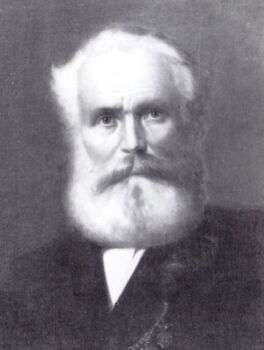
Image source:https://en.wikipedia.org/wiki/Michael_Thonet#/media/File:Michael_Thonet.jpg
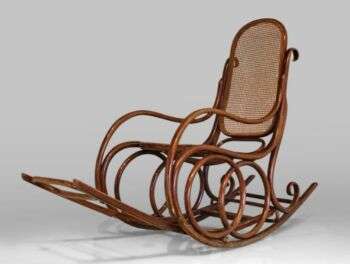
Image source: https://search.creativecommons.org/photos/979eda92-11aa-4296-888b-089768c4433c by Dominik Matus
Innovative Chair
In the 1830s, Thonet experimented with furniture using glued and bentwood slats. Then, in 1836, Thonet successfully created the Boppard Layerwood Chair, which was the predecessor to the Bentwood Model 14, using glue as a component. After, Thonet acquired a glue factory, in 1837, that produced the glue used for this process. Additionally, the chair did not require any glue at all, which left Thonet with an unnecessary glue factory.
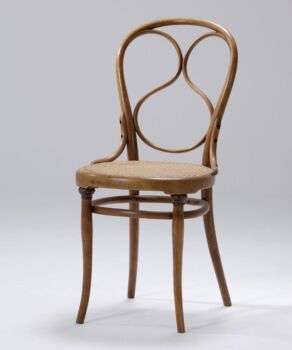
Image source:https://www.boisbuchet.org/collection/n-1-for-the-palais-schwarzenburg/
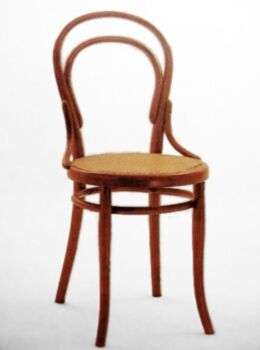
Image source: https://search.creativecommons.org/photos/93f9543d-9d1a-4b64-92a7-56fee9f754e6 by Holger.Ellgaard
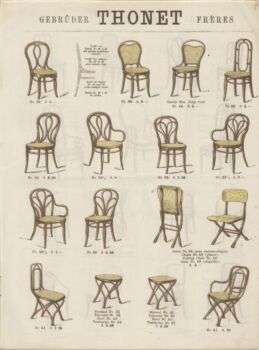
Image source:https://museum-boppard.de/explore/thonet-varietyofproducts/#Katalog-Seite-01
:https://museum-boppard.de/wp-content/uploads/2015/09/Katalog-Seite-
The Boppard Layerwood chair was Michael Thonet’s first success, although he was unable to obtain a patent in various countries for the chair technology he invented. Further, the Thonet chair used light and strong woods, curved into very graceful shapes thanks to the use of hot steam. Thus, he was able to create many unique, comfortable and durable designs. Despite his initial difficulties, the use of hot steam and wood laid the foundation for his tremendous success.
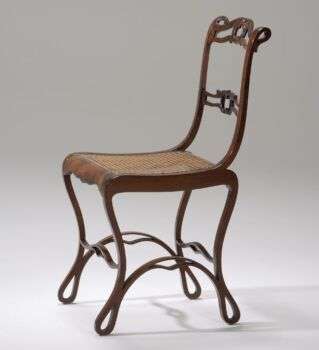
Image source:https://www.boisbuchet.org/collection/boppard-chair/
Info sources:
https://www.huset.com.au/blog/a-breif-history-of-thonet-bentwood-chairs/ https://www.dezeen.com/2014/12/20/a-zdvent-calendar-thonet-no-14-chair/
https://www.nytimes.com/2008/11/10/arts/10iht-design10.1.17621906.html https://www.boisbuchet.org/collection-type/seating/
